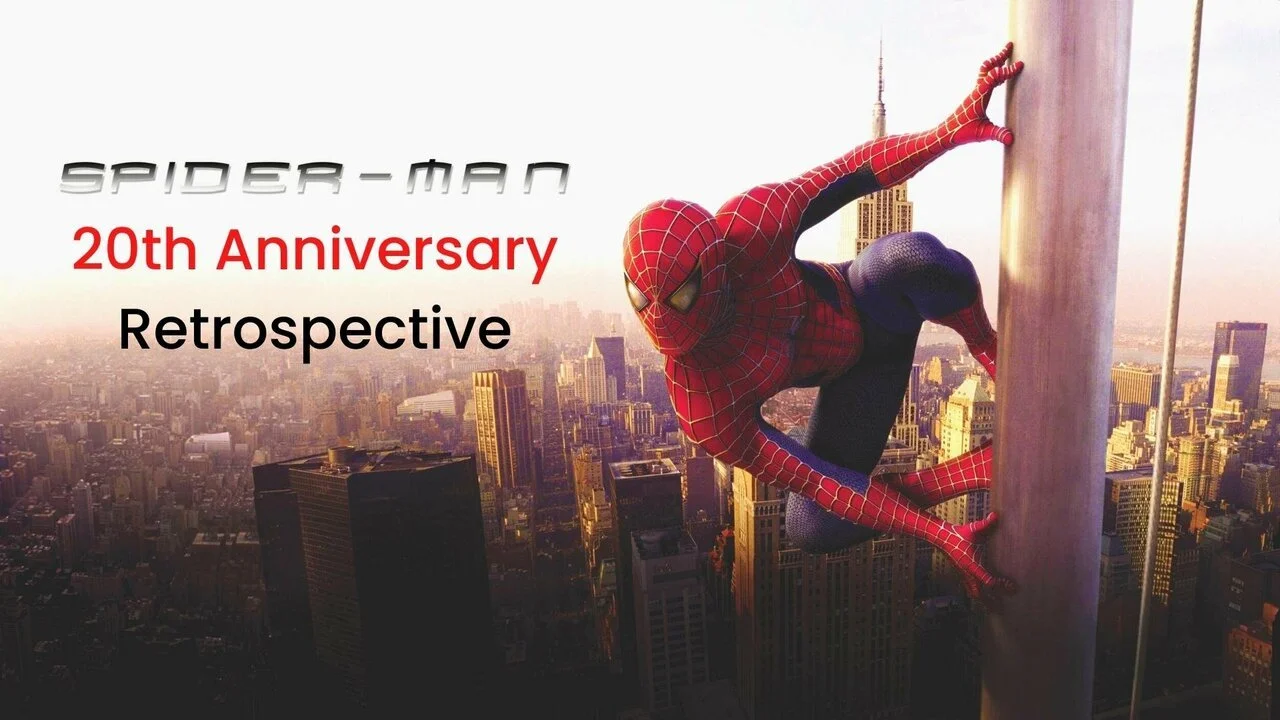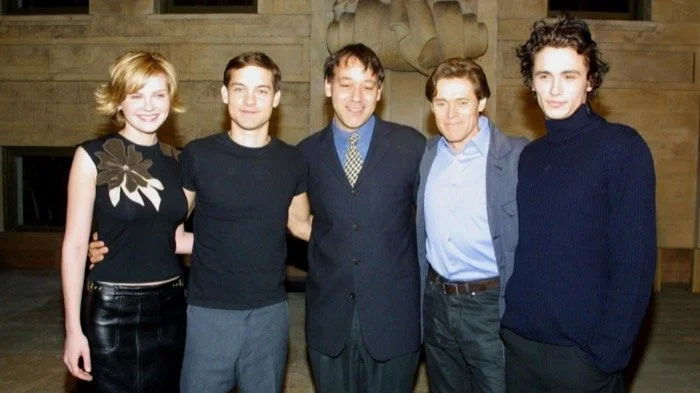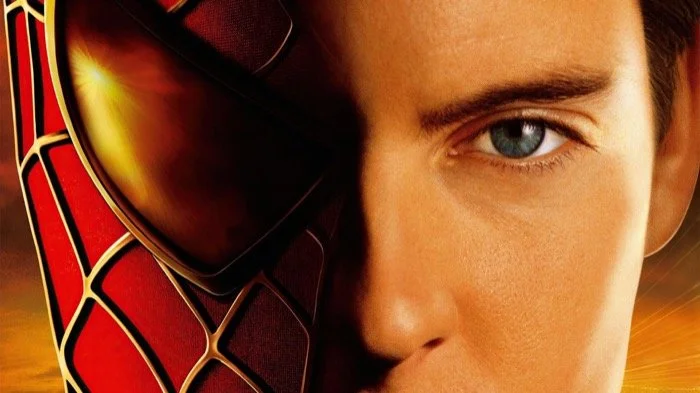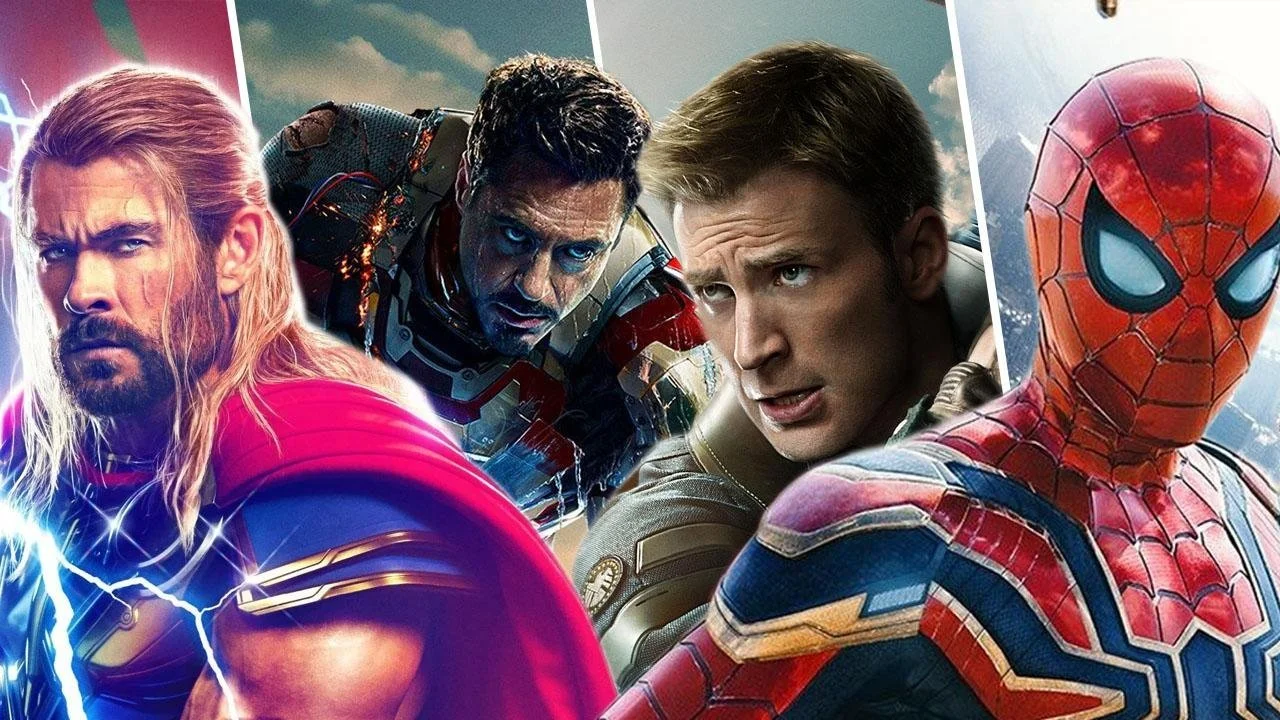Spider-Man: 20th Anniversary Retrospective
Image Source: Culture Slate
On May 3, 2002, Spider-Man hit screens in US and Canadian cinemas. My brother and I, just 17 and 20 at the time, respectively, went to see it at the Paramount Chinook in Calgary (now Scotiabank Theatre Chinook) during its original theatrical run and were absolutely awed. Despite that, we could have never predicted that a comic book flick about a teenage misfit who inadvertently gains spider-like abilities would become the biggest superhero movie up to that moment and spawn a franchise whose legacy 20 years on is not only impossible to ignore but continually expanding.
In 1999, Sam Raimi was a niche director who made the movies he wanted to make. A western, a supernatural thriller, a baseball romance, a pulp hero action adventure, and a crime drama filled out his filmography, but none of these had been box office bonanzas. To be sure, the Evil Dead franchise had a cult following, but it was still hardly the stuff that tentpole blockbusters were made of. So when Raimi managed to score an interview for the job of directing a Spider-Man film for Sony Pictures, he pitched himself passionately and concisely, relating his incredible love for the character to the execs who had promised him an hour of their time. When that time was up, he politely thanked them for listening and left.
RELATED:
Of course, Sam Raimi turned out to be just the man for the job, his decades of filmmaking know-how and passion distilling into an immersive big-screen story-telling experience that pulled us all the way in. And just like little Sam Raimi or Tobey Maguire’s Peter Parker, we were wide-eyed and in love.
Maguire, known for arthouse films, was cast as the titular hero, the nerdy photographer for the school paper who lives with his aunt and uncle in the suburbs. Kirsten Dunst, whose resume was already robust at only 18 years old, stepped into the role of Mary Jane Watson, the literal girl next door with whom Peter has been in love since the fourth grade. James Franco played Peter’s best friend, Harry Osborn, and the inimitable Willem Dafoe inhabited the dual roles of Harry’s father, Norman, and the villainous Green Goblin. Film and television veterans Rosemary Harris and Cliff Robertson portrayed Aunt May and Uncle Ben, and antagonistic newspaper publisher J. Jonah Jameson was played by J.K. Simmons, who chewed scenery and cigars with equal enthusiasm.
Image Source: Twitter
This vital cast of characters all orbit around the brainy and awkward Peter, oblivious to the question of his place in the world. As the opening credits, parading by in the midst of spinning and spiraling images of webs, come to a close, we hear Peter’s voice ask the question, “Who am I?” As he introduces his story in the brief monologue that follows, those three words establish the great theme that runs through the 121-minute runtime. Then we hear him ask them again in voiceover in the concluding moments. “Who am I?” is the question that bookends the film because the most prominent characters are struggling to understand their identities. Mary Jane spends her high school career smiling to hide her abusive homelife for the benefit of her popular boyfriend and then ironically struggles to find work as an actress after graduation. Harry tries to escape the long shadow cast by his father, who explicitly tells him, “Don’t ever be ashamed of who you are.” Norman himself, after taking his experimental performance enhancers in an attempt to save his company’s military contract, is plagued by the alternate persona of the Green Goblin, even though he is initially ignorant of the Goblin’s rampaging.
As the protagonist, Peter wrestles with the question of identity in the most meaningful ways. After he’s bitten, Uncle Ben confronts him with the concern that he and Aunt May don’t even know who he is anymore. Ben’s dialogue includes the obligatory correlation between power and responsibility, but arguably more significant to the theme of the film is the admonition that “these are the years when a man changes into the man he’s going to become for the rest of his life. Just be careful who you change into.” This fateful final conversation between Pete and his surrogate father follows him as he comes to terms with the reality that his actions have consequences, and learns how to wield the power he possesses.
Image Source: HDQwalls.com
On this journey to self-realization, it’s not all existential angst and sober introspection. We share in Peter’s innocent wonder as he tries on his new-found powers, leaping across buildings, failing spectacularly at his first tentative attempt at web-swinging, cheesing for his own camera to produce freelance photos to sell to the begrudging Jameson’s Daily Bugle, who subsequently spins Spider-Man’s heroics as a danger to the citizens of New York. This first entry in the mega-franchise is the only film to date to be shot in the taller 1.85:1 ratio, and Peter is simultaneously larger than life and utterly accessible. This naive young man’s journey through heartache, loss, struggle, maturity, and ultimately, a fully earned self-confidence is the kind of story that is no less inspiring now than it was when it debuted
“Who am I?” we may ask. We are all Peter Parker. We are all Spider-Man.
When the lights came back up in 2002 and my brother and I emerged from the theatre, little did we know at the time that we emerged into a changed world. Sam Raimi’s Spider-Man left an indelible mark on the culture and set the benchmark for future comic book adaptations. Most importantly, it spoke to an entire generation and continues to speak. It calls us to question ourselves, to find our gifts, and to boldly and selflessly devote those gifts to the service of our neighbours.
READ NEXT:
Sources: Variety





